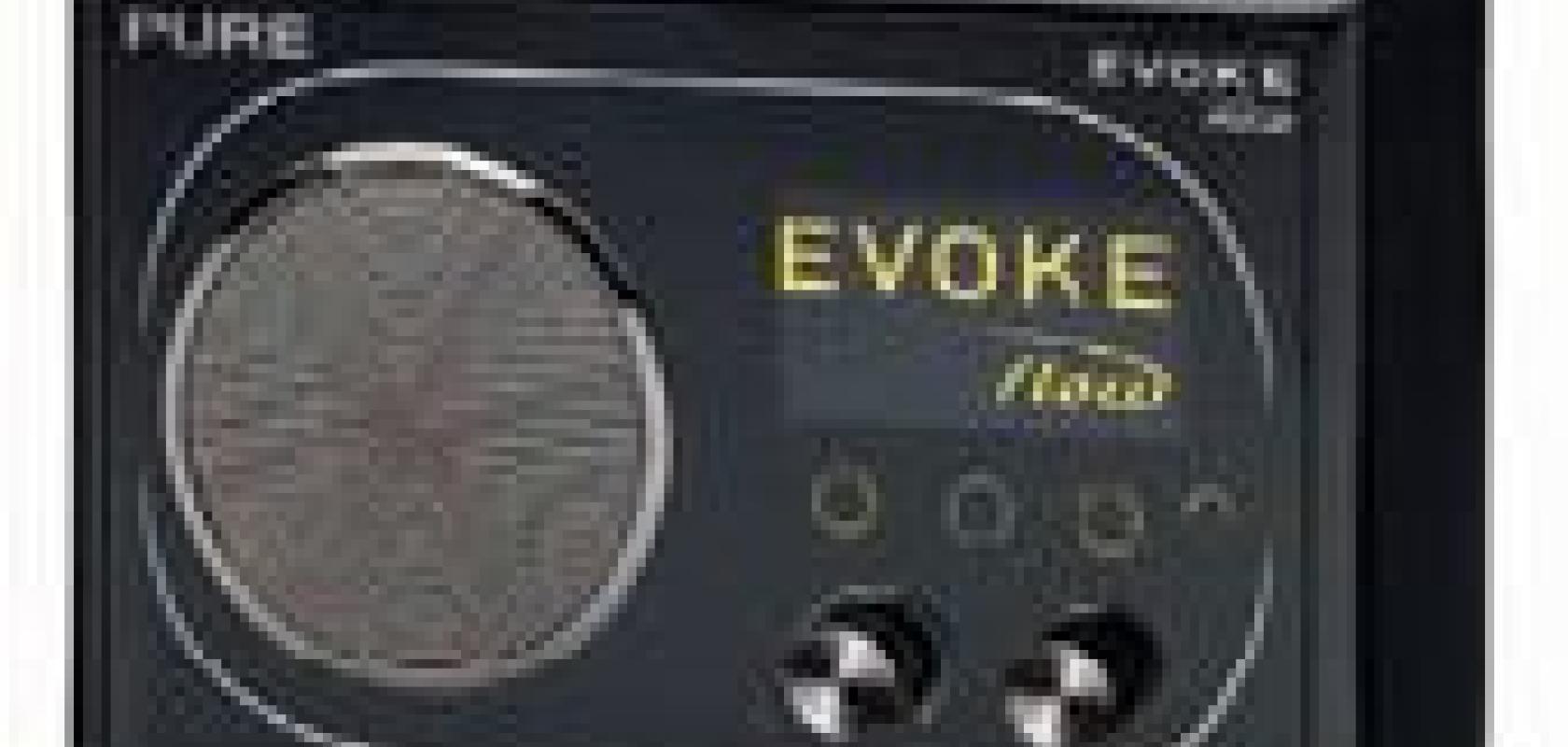The development of Organic Light Emitting Diodes (OLEDs) by Kodak in the 1980s and the subsequent technological advances made over the ensuing years has led to a great deal of hype surrounding the light emitting polymers. OLEDs have long been touted as a replacement for Liquid Crystal Displays (LCDs) as the dominant display technology, promising a greater range of colours, improved power efficiency, and potentially cheaper manufacturing methods. Many OLED providers believe that this day is imminent and a lot of the big television manufacturers are developing OLED-based large screen TV prototypes. In January 2009, Sony CEO Howard Stringer outlined plans to start selling 20- to 30-inch OLED flat panel TVs before the end of the year, and Samsung are also pushing ahead to move to OLED displays.
Broadly speaking, OLEDs are solid state devices utilising light emitting polymers. They comprise of two or more distinct organic molecules or polymer film layers sandwiched between electrical connections and mounted onto a substrate. Light is emitted when an electrical current passes through the device, with the colour determined by the type of organic molecule used.
There are two licensed commercial versions currently produced: those using Kodak’s fabrication process, where the OLED is sandwiched between two glass sheets; and those licensed from Cambridge Display Technology (CDT), which use an inkjet method allowing OLEDs to be printed onto a flexible substrate of varying size.
‘Kodak’s method is three or four years more advanced than CDT’s and the vast majority of commercially available OLED displays are manufactured using this,’ explains Martin Cobb, product manager at Pacer, an international supplier of optoelectronic, display and laser solutions. ‘Kodak’s fabrication method lends itself very well to small, monochrome displays, but it takes place under vacuum and will therefore never be cheap due to production costs. CDT’s fabrication method, on the other hand is simply printed onto the substrate.’
The advantages of OLEDs are that they’re emissive and require no backlighting, which in turn makes them thin, light and a lower power consumer than equivalent backlit LCDs. There is no colour shift or degeneration from different viewing angles and the devices can also be switched on and off quickly, making them potentially able to deliver more satisfying video content.
Currently, portable devices with low power consumption and low weight, such as mobile phones or digital cameras, have been the first major application to exploit the benefits of OLED over LCD displays.
One of the biggest advantages of OLEDs is their flexibility in terms of substrate used. ‘OLEDs can use a variety of substrates instead of the rigid glass we are familiar with in flat panel displays,’ comments James Owens, assistant sales manager for the systems division at global company Hamamatsu Photonics. ‘The organic films that emit the light can be applied onto materials such as flexible plastics, fabrics, and can even be designed so that the OLED is transparent.’ Flexible substrates would allow the display to be folded, bent or rolled up and OLEDs could potentially form pull-down projector-type screens, as well as being printed onto clothing to enhance high-visibility jackets, or onto curved surfaces for use in the automotive industry.
OLED polymers emit light at temperatures as low as -40°C making the technology particularly attractive to certain military applications, for instance. However, the hotter the polymer gets, the shorter the lifetime, and it is insufficient lifetime values that are still considered the main problem with the technology.
‘To make flat panel OLED TV screens a success, the films will probably need to have double the current typical lifetime values,’ says Owens. Hamamatsu makes the C9920 Photo-Luminescence Absolute Quantum Yield measurement device to aid research into OLED lifetimes.
The production of a long-life, full-colour display is hampered by the fact that the RGB polymers do not degrade over a linear period, and also by the difficulties with performing accelerated life testing. In order to certify the product as having a specific lifetime, the OLED needs to be tested to failure. But Cobb notes that, invariably, by the time testing is complete the technology has progressed to the extent that the product in question is obsolete.
Kirk Lim, displays product manager at Pacer, adds: ‘Certifying the lifetime of a display also depends on how accelerated testing is carried out and the amount of time each of the colour polymers are in use.’ A typical movie, for example, would use the whole gamut of colours at intensities way below maximum for much of the time. A full brightness, white screen would be a rarity.
Pacer’s Cobb says: ‘The lifetime values for OLEDs used in consumer goods, such as TVs and laptops, need to be around 10-15,000 hours, values which are very achievable, at least on a small scale.’ He suggests that in three to four years the majority of laptops will be manufactured with OLED displays.
But Cobb does make a distinction between the lifetimes required for consumer goods and those for industrial equipment: ‘For industrial and medical equipment, lifetimes will need to be around 50,000 hours for producers of this equipment to use OLED displays, as the usage is so much higher than consumer goods, and the product life is so much longer. The technology is verging on the 50,000-hour mark (monochrome only), but it will be another three to five years before industrial products are operating using OLEDs.’
Alexandra Gay, marketing and communication specialist at UK-based Cambridge Display Technology (CDT), which manufactures its Polymer OLED (P-OLED) using inkjet processing, comments: ‘CDT has achieved rapid progress in P-OLED material lifetimes. At current lifetime levels, P-OLED technology could meet the requirements for medium to large displays.’
‘Investment in OLEDs has been huge and development of the technology has been rapid,’ comments Cobb. ‘Intense research has resulted in OLED polymer lifetimes being increased dramatically in a relatively short period and it must be assumed that this development will continue.’
Hamamatsu’s Owens states: ‘The potential exists for OLED displays to become ubiquitous – on laptops where the screen merges into the keyboard in one piece of folding plastic, on TVs with richer more fluid images, on clothing with displays that form part of the fabric, on wrist-watches that have integrated OLED displays, on advertising billboards, in vehicle dashboards and windscreen heads-up displays.
‘Possibly the best aspect of all is the potential to realise all these advances and achieve greater energy efficiencies at the same time. When scaled up to domestic and industrial mass-markets, OLEDs could help us all to make a meaningful contribution to reducing the global environmental effects of our increasingly power-hungry lifestyles.’
A further application of organic LEDs is the creation of power-efficient white light sources. ‘The potential for OLED lighting seems strong and the concept of light sources that can be formed into any aesthetic shape offers designers the chance to revolutionise the way lighting is experienced in our lives,’ says James Owens, assistant sales manager for the Systems Division at Hamamatsu Photonics.
Research initiative OLED100.eu, a consortium of experts from leading industry and academic groups including Philips and Osram, has been established to develop OLED technology for lighting applications. The project, funded by the European Community’s Seventh Framework Programme, is a continuation of the OLLA (Organic LEDs for Lighting Applications) programme, which began in October 2004 and concluded in June 2008.
The conclusion of the OLLA project, funded by the IST programme of the European Commission’s Sixth Framework, saw the development of the basic technology for a white OLED light source with an efficacy of 50.7 lumens per watt at an initial brightness of 1,000cd/m² and with lifetimes exceeding 10,000 hours. OLED100.eu aims to deliver OLEDs for lighting with twice the efficiency, 10 times the operational lifetime and 10 times the substrate size.

Transparent OLEDs could be used as an innovative way to light a building. Image courtesy of Philips.
Hans Driessen, senior communications manager, at Philips, part of OLED100.eu, comments: ‘Since OLED light is not yet powerful enough to provide full illumination it will initially be used for decorative purposes. However, the range of applications will expand dramatically as the technology evolves, and will not only enhance the look and feel of people’s interior living spaces, but also increase the energy efficiency of in-house lighting.’
OLEDs generate a diffuse, non-glaring illumination with high colour rendering. They are flat, thin, and have the potential to serve as efficient large light sources.
‘The OLED lighting technology has unique opportunities that will enable whole new applications for lighting,’ states Driessen. Transparent OLEDs are one example, which would allow OLED panels to function as ordinary windows during the day and then morph into panels of light after dark. A further example that Driessen notes is the potential production of flexible and mouldable OLED lighting panels. ‘This means that in the future almost any surface area, flat or curved, could be used as a light source,’ he says.
‘[OLED100.eu] has initiated global momentum for research on OLED lighting. Now, several similar research projects on OLED lighting have started in Japan, Korea, China, the UK, Germany, and in the US,’ comments Driessen. ‘This will accelerate the adoption of OLED lighting technology and has the potential to become a dominant energy efficient light source in addition to solid state LED technology.’


